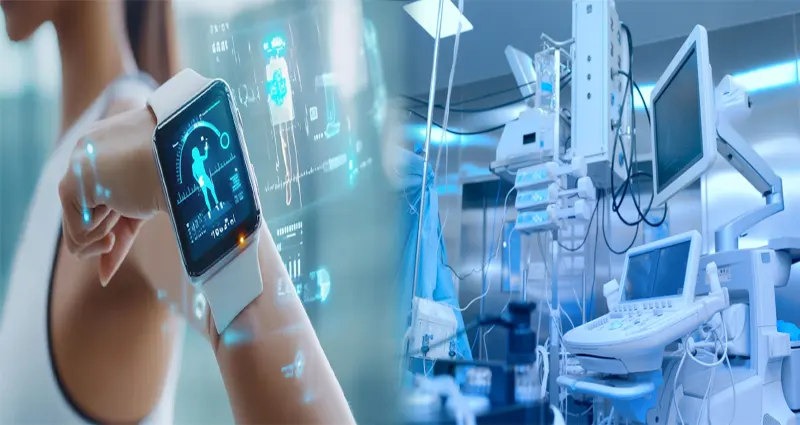How to Create a Healthy Self-Care Package on a Budget
Self-care isn’t a luxury item; it’s a necessity for mental and physical well-being. Unfortunately, the wellness industry often makes it look expensive, filled with pricey spa trips, organic serums, and designer yoga gear.
The truth is, the most effective self-care rituals cost very little. Creating a personalized, budget-friendly “self-care package” is simply about gathering inexpensive items and routines that help you reset. Here’s how to curate a deeply relaxing and healthy self-care package without breaking the bank.
1. Focus on the Five Senses (The Most Affordable Tools)
Your self-care kit should focus on simple items that engage your senses, providing immediate comfort and distraction.
| Sense | Budget Item | Why it Helps |
| Smell | Essential Oils or Incense: Pick up a small bottle of lavender or peppermint oil, or a pack of incense sticks, from a local discount store. | Aromas directly impact mood. Lavender aids relaxation, while peppermint can boost focus and energy. |














